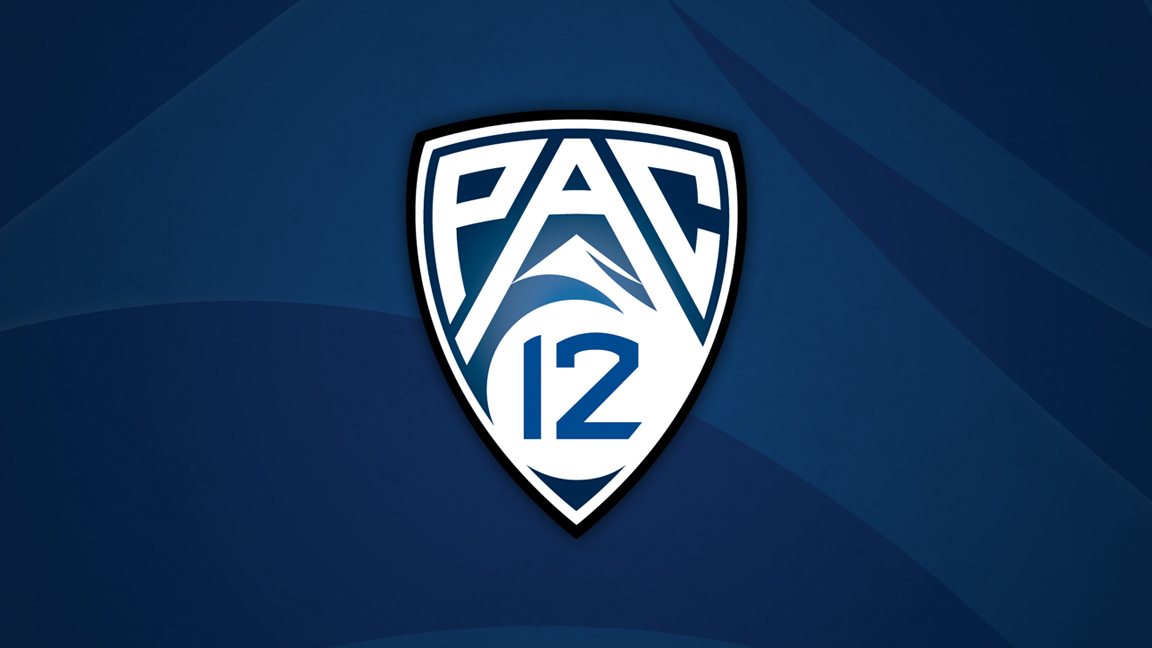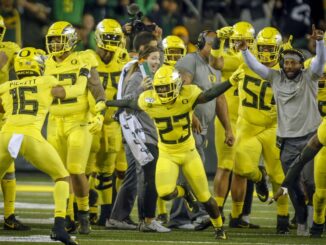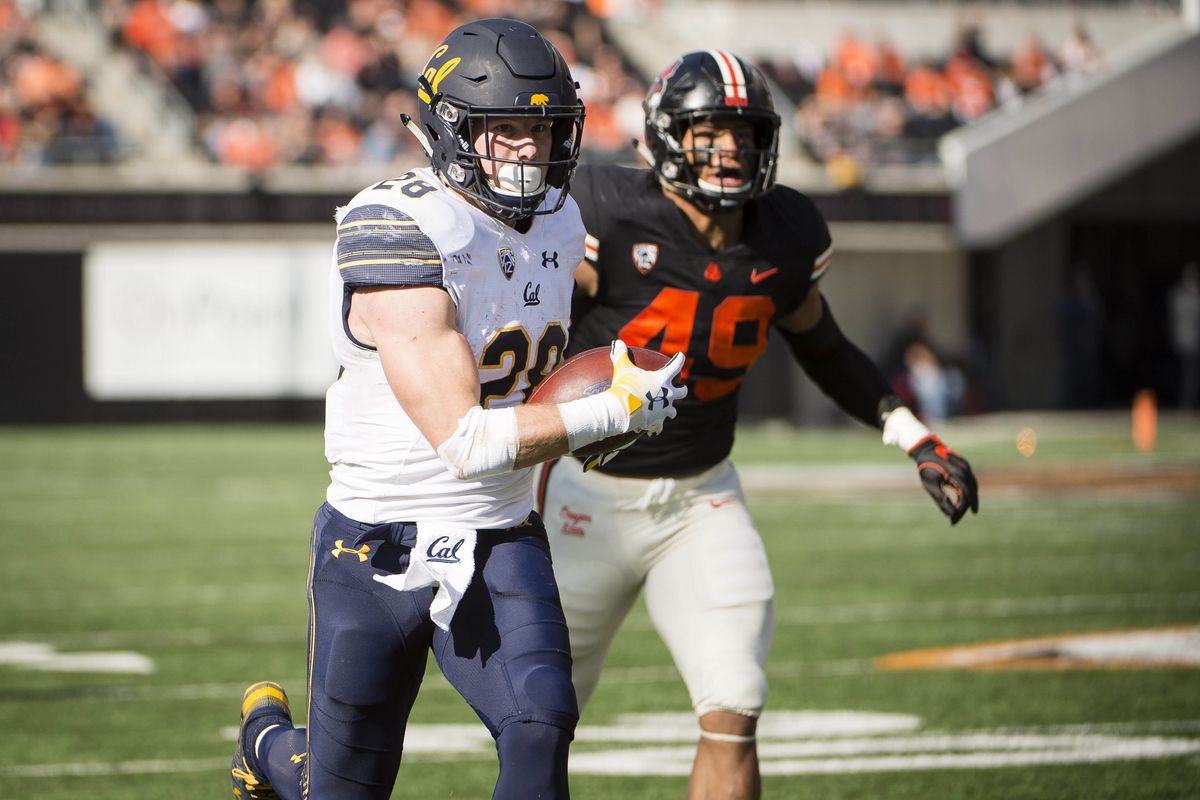
The Pac-12 hoops season was utterly confusing this year. There are few people who would’ve projected UCLA’s impressive run toward the top of the conference. On the other end of the spectrum, Washington was supposed to be one of the most talented teams in the nation, let alone the Pac-12, and they somehow wound up dead last in conference.
With an abrupt, unexpected end to the college basketball season, many fans and players alike are left with a “what if” feeling. This column is going to recap the Pac-12 hoops season as a whole, focusing a segment on each individual team.
1. Oregon 24-7 (13-5)
The Ducks had a truly impressive campaign capturing the regular-season conference championship and finishing with a 24-7 overall record.
Oregon was led by point guard Payton Pritchard. The senior guard was the Ducks undeniable leader and made countless big plays throughout the year. He served as an extension of the coach on the floor and made all his teammates better around him. He led Oregon to key victories over Michigan, Colorado, and Arizona.
However, Pritchard was not alone and found help from guards Chris Duarte and Will Richardson. The duo averaged just under a combined 24 points per game.
Oregon was hands down the best team in conference and likely would have made a run to at least the Sweet 16—if the NCAA Tournament had taken place.
2. UCLA 19-12 (12-6)
The story of the Pac-12 this year hands down belongs to the Bruins. UCLA started off the season with abysmal performances in non-conference play; however, they shocked the Pac-12 by reeling off seven straight victories and rose to second place in the conference.
UCLA found success under new coach Mick Cronin, whose defensive-minded approach paid dividends. His team displayed toughness throughout the season, which resulted in huge wins against Arizona, Colorado, and Arizona State. Guard Chris Smith was the team’s best player averaging 13.1 points per game.
Smith is a great shooter and the best all-around player on their roster, but he also found help from guards Tyger Campbell and Jaime Jaquez Jr., as well as forwards Cody Riley and Jalen Hill.
The Bruins were likely a bubble team heading into the Pac-12 Tournament.
3. Arizona State 20-11 (11-7)
If UCLA was the story of the Pac-12 this season, ASU was a close second act. The Sun Devils started off conference play with a 3-4 record, and it appeared they would fall short of the NCAA Tournament. Then out of nowhere, ASU ripped off seven straight victories, propelling themselves to the top of the conference.
The Sun Devils were led by point guard Remy Martin, who is an unbelievable scorer with the ball in his hands. He was probably the most dangerous transition player in the Pac-12. His ability to make playground-style shots helped fuel ASU to victories over Oregon, Arizona, and UCLA.
The Sun Devils’ other key contributors were guards Alonzo Verge Jr. and Rob Edwards, along with forward Romello White.
ASU was likely a lock for the NCAA Tourney.
4. USC 22-9 (11-7)
The Trojans were a team that seemingly went unnoticed this year, but they put together a very solid season. USC finished fourth place in the Pac-12 with a 22-9 overall record.
The Trojans were led by forward Onyeka Okongwu, the star freshman who was an athletic specimen with a knack for finishing around the rim. His presence, paired with forward Nick Rakocevic, created one of the best frontcourts in the conference. The Trojans grabbed impressive wins against Arizona, Arizona State, and UCLA.
SC was a well-balanced team inside and out. Alongside their frontcourt combination, the Trojans had a pair of senior guards in Jonah Mathews and Daniel Utomi who were a respectable tandem in their own right.
The Trojans were likely a lock for the NCAA Tournament.
5. Arizona 21-11 (10-8)
The Wildcats were up and down all season, finishing the year with a 21-11 overall record and fifth place in the Pac-12.
Arizona was led by a trio of talented freshmen in Zeke Nnaji, Nico Mannion, and Josh Green. Forward Nnaji was arguably the most impactful of the bunch, averaging 16.1 points and 8.6 rebounds per game. The guard combination of Mannion and Green added a combined 26 points per. The trio led UA to impressive victories over ASU, USC, and Colorado.
This was an important year for Arizona and coach Sean Miller, as the program as a whole was trying to move forward from the Adidas scandal. They did so successfully all while bringing excitement back to the Tucson basketball community.
The Cats were likely a lock for the NCAA Tournament.
6. Colorado 21-11 (10-8)
The Buffs won 20-plus-games, but that doesn’t make their sixth-place conference finish any less disappointing. This was a team that was supposed to compete for the Pac-12 title.
Colorado had a fearsome high-low duo in point guard McKinley Wright IV and forward Tyler Bey. Wright is probably the best ball distributor in the conference. He finished with five assists per game, paired alongside 14.4 points and 5.7 rebounds. Bey is a fearsome rim-protector and a player who could’ve benefited from more touches. The Duo led the Buffs to key victories against Dayton, Arizona State, and Oregon.
The Buffs’ one-two punch had solid complementary pieces in guard D’Shawn Schwartz and forward Evan Battey.
Colorado likely would’ve been a lock for the NCAA Tournament but was entering the dance on a cold streak.
7. Stanford 20-12 (9-9)
The Cardinal were an afterthought at the beginning of the season, but they suddenly rose to the top of the Pac-12 winning their first four conference games. This success waned, but ultimately Stanford had an impressive year finishing with a 20-12 overall record.
Much like Colorado, the Cardinal were led by an impressive guard-forward combination. Point guard Tyrell Terry burst onto the scene this year, averaging 14.6 points per game, fueled by a dangerous three-point attack. Forward Oscar da Silva was the team’s best all-around player averaging 15.7 points and 6.4 rebounds per game. This fruitful combination led Stanford to wins over Oregon, Oklahoma, and UCLA.
Guard Daejon Davis was the Cardinal’s third best player, but he lacked consistency.
Stanford likely would’ve missed the big dance due to its loss to California in the Pac-12 Tournament.
8. Oregon State 18-13 (7-11)
The Beavers were arguably the most disappointing team in the Pac-12 this year. They finished with an 18-13 overall record, but they had the talent to compete with any team in conference.
OSU was led by forward Tres Tinkle. The senior was an All-Pac-12 first-team selection who averaged 18.5 points, 6.8 rebounds, and 3.2 assists per game. Guard Ethan Thompson added 14.8 points and stretched out defenses with his three-point shooting. This duo led the Beavs to key victories over Oregon, Arizona, and Colorado.
Center Kylor Kelley rounded out the group with 11.1 points and a blistering 3.5 blocks per game.
OSU could have made the NIT, but the NCAA wasn’t happening. Coach Wayne Tinkle may be on the hot seat after this season’s results.
9. Utah 16-15 (7-11)
The Utes had a successful campaign considering all the players they lost the year before. With an under-talented roster, the group still managed to scrap out a 16-15 overall record.
Utah was led by forward Timmy Allen. The sophomore averaged 17.3 points and 7.3 rebounds per game, ignited by a hard-nosed attack to the rim. For the first half of the season, he was the Utes’ only real scoring threat. As the year progressed, guards Both Gach, Rylan Jones, and Alfonso Plummer started to find their rhythm. Utah had notable wins against Kentucky, USC, and Colorado.
Center Branden Carlson proved a valuable weapon down low and finished the year with 7 points and 1.4 blocks per game. He vastly improved throughout the season.
Utah would not have qualified for postseason play.
10. Cal 14-18 (7-11)
The Golden Bears were probably the least-talented team in the Pac-12, but they managed to be a formidable opponent all season long. They finished with a 14-18 overall record.
Cal adopted the defensive identity of their new coach Mark Fox, and it served dividends on the court. Their gritty style proved frustrating to play against and led Cal to seven wins in conference, which is a huge improvement for the program as a whole. Matt Bradley was the Bears’ best all-around player, finishing the year with 17.5 points and 4.9 rebounds per game. Cal had an impressive victory against Colorado and beat rival Stanford twice.
The combination of guards Paris Austin and Kareem South, as well as forward Grant Anticevich, proved a nice complement to Bradley.
The Golden Bears were not going to qualify for postseason play.
11. WSU 16-16 (6-12)
The Cougars, much like Cal, finished near the bottom of the conference but had an impressive year. They finished the season with a 16-16 overall record.
Kyle Smith, WSU’s new coach, wanted to instill a defensive culture before his unit ever stepped foot on the court. He achieved that goal, as the Cougars adopted a scrappy style and proved capable of beating any team in the conference. WSU was led by forward CJ Elleby, who averaged 18.4 points and 7.8 rebounds per game. The Cougs grabbed key victories against Oregon, UCLA, and Colorado.
Point guard Isaac Bonton proved a valuable scoring threat alongside Elleby, and forward Jeff Pollard served as the Cougs’ senior leader,and best low-post defender.
WSU was not going to qualify for postseason play.
12. UW 15-17 (5-13)
The Huskies had one of the most disappointing basketball seasons in recent memory. The Dawgs entered the year with an outside shot to win the conference, but finished dead last with a 15-17 overall record.
UW entered the year with two highly vaunted five-star recruits in Isaiah Stewart and Jaden McDaniels. And while the duo put up good statistics, they consistently found themselves on the wrong side of the scoreboard. Stewart led the team with 17 points and 8.8 rebounds per game. He was the one shining light in a forgettable year. The Dawgs did find key victories against Baylor, Arizona, and Arizona State.
Forward Jaden McDaniels finished the year with 13 points, and 8.8 rebounds per game, his decision-making proved questionable at times.
UW was not going to qualify for postseason play.




